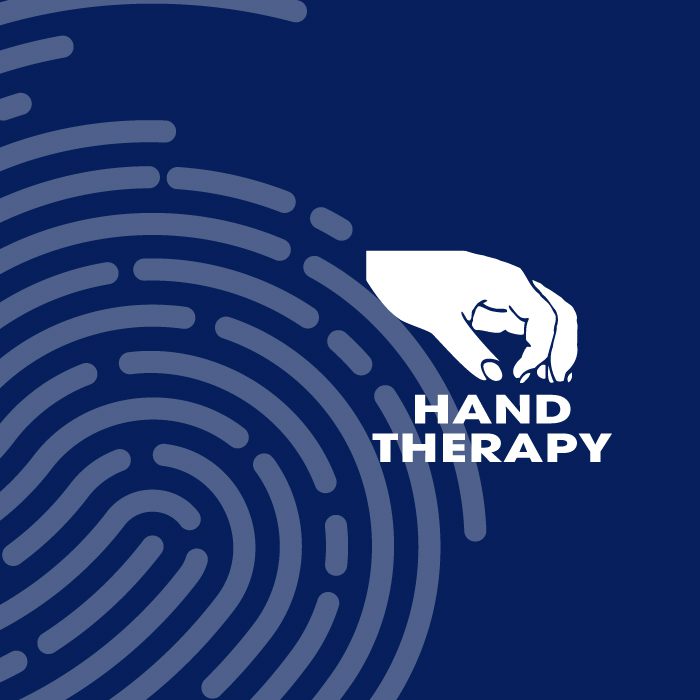Distal Radius Fractures and Osteoporosis
Distal radius fractures (lower forearm fractures) are one of the most common injuries treated by hand therapists. These fractures are normally immobilised in a cast for 3-6 weeks to allow bone healing. Sometimes patients will have stiff, weak, or painful wrists when the cast is removed and are referred to hand therapy for rehabilitation. The aim of rehabilitation is to restore lost range of motion, and to regain strength and function. If the patient is older, or has risk factors for osteoporosis, it is suggested that they undergo bone density testing. Osteoporosis is defined as a decrease in bone density, predisposing those affected to fractures. Osteoporosis affects an estimated 200 million people worldwide.
Bone strength can be measured with bone mineral density (BMD) scores. A lower BMD score equates to an increased risk of fractures or breaks. Aging is one of the main risk factors for osteoporosis and osteopenia. A score of -1.0 or above is normal bone density. Osteopenia is defined as a reduced bone density score of between -1 and -2.5. Those diagnosed with osteoporosis typically have a BMD score lower than -2.5.
Osteoporosis is the more serious progression of osteopenia. As bone density decreases, the bones become more porous, and the strength of the bone reduces. The light, fragile bones that result from osteoporosis increase the risk of fractures. It is a common misconception that the decline in bone density and its complications affect only postmenopausal women. Osteoporosis and its complications affect both genders but at different ages and rate.
The facts
- Males tend to have higher BMD at the hip and a higher bone mineral content at the lumbar spine, and they achieve it at later age compared with females. This difference is not explained by nutrition, level of physical activity, body weight or lean mass, but it may be because of the bone size.
- Women tend to lose bone at younger age and at a more rapid pace than men. The age range where the rapid decline occurs is 74 – 79 years for men, compared with 65 – 69 years for women. The average 4-year bone loss at all body sites is 0.2-3.6% for men compared with 3.4-4.8% for women.
- Smoking and weight loss both increase the risk of developing low bone mineral density.
- Women aged 50 years or older have a four times higher rate of osteoporosis and a two times higher rate of osteopenia compared with men.
- For men, the prevalence of osteoporosis rapidly increases (triples) at the age of 70 years.
- In general, men tend to be under-screened for osteoporosis compared with women. One study, which included patients aged 65 years or older, following a hip fracture diagnosis showed that 12.1% of women and only 5.4% of the men were referred for a BMD scan.
- Men are also less likely to receive medical treatment for osteoporosis. Studies have shown that women received more osteoporosis prevention treatment (Ca, vitamin D, and/or bisphosphonate) compared with men (72% vs. 45%) and bisphosphonate was used in their treatment more frequently than for men (61% vs. 39%).
- In summary, women tend to have fractures about 5 – 10 years earlier than men and have a higher lifetime risk of fractures. The number of fractures observed in women may be explained by their smaller bone size and their increased risk of falls. Men have a lower risk of fracture but are under-screened and under-treated for osteoporosis.
How is Osteoporosis Managed in New Zealand?
Osteoporosis New Zealand has created a guideline for The Diagnosis and Management of Osteoporosis in New Zealand.
To preserve bone health throughout life:
- Perform regular weight bearing exercise
- Eat a balanced diet
- Limit alcohol to <2 drinks per day, with >2 alcohol free days per week
- Stop smoking
- Have adequate sun exposure (vitamin D)
- Maintain a healthy body weight (BMI between 20-25)
A BMD scan should be used for assessment if osteoporosis is suspected. This establishes a baseline reading that can be used to inform future management. There is no cure for osteoporosis, but appropriate treatment (diet, exercise, and medication) can help protect and strengthen the bones. Some treatments work to slow the breakdown of bone, and others can spur the growth of new bone. Your doctor can work with you to develop a prevention or treatment plan to improve your bone health and reduce the risk of complication.




